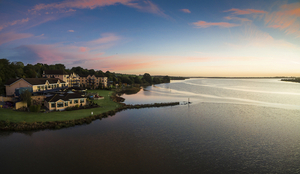Search Results for 'Cromwell'
10 results found.
Our fortified city
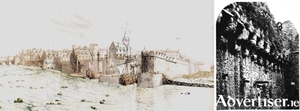
The town of Galway was virtually an independent city state, self-contained politically and ecclesiastically, relying on its own resources as it was cut off from the central English authority until the 16th century. Then, the Tudors began to extend their influence westwards so that the city gradually came totally under their dominion. The real symbol of that growing influence was the fortifications, four in number, raised to defend this all-important location against all enemies, notably France and Spain.
St Augustine’s Fort/Forthill
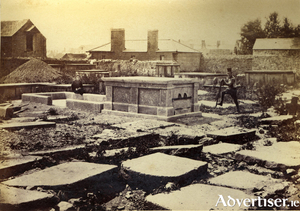
The site of the Augustinian House when the order first came to Galway in 1508 was on the hill we know as Forthill today. Margaret Athy, the wife of the Mayor Stephen Lynch, invited them and she built a church and steeple there too. Her husband was away in Spain and got a shock when he returned to see the finished new building on the hill. The friars moved into a house within the walled city but their church was still between the city and the bay.
Through the glass darkly
The late Hubert Butler once wrote a delightful essay called Influenza on Aran in which he examined the evidence for the early Irish saints. His title is explained in the first few sentences: “When I arrived in Aran by the Naomh Eanna at Kilronan I was sneezing, and by the time I had raced to St Enda’s Church at Killeany and seen the stone on which he had floated in from Connemara I was feverish and coughing.
The Persse Windows, St Nicholas’ Collegiate Church
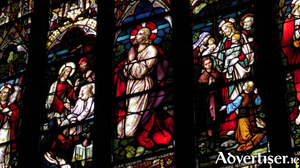
The church of St Nicholas of Myra was first built c1320, making it 700 years old this year. It is the largest medieval church in Ireland and there has been constant Christian worship there since it was built. The chancel with its three windows in the south wall dates from the beginning, the nave, and the transept date from about a century later. In 1477 Christopher Columbus is believed to have worshipped here. In 1484, the church was granted Collegiate jurisdiction by which it was to be governed by a warden and vicars who would be appointed by the mayor and burghers of the town.
Was Bodkin’s severed hand a call to Rome?
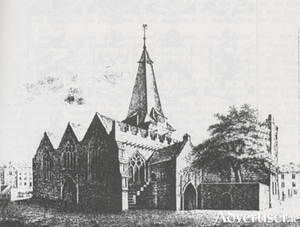
Not only was the saintly Warden Bodkin’s hand in perfect shape and colour despite being lying in a vault for more than 140 years, when it was returned it was crudely ‘cut into pieces, the fingers off from the palm, split into pieces up to the wrist. The skin had been cut off at the breast’. Who could have done this sacrilegious deed? was it a fanatic Catholic seeking a return of St Nicholas’ Collegiate church to the Roman rite; or was it just an act of outrageous vandalism?
Warden Bodkin’s right hand is missing…
During the afternoon and evening of Sunday July 12 1691 the people of Galway could hear the distant thud of cannons as two armies in the Cogadh na Dá Rí (war of the two kings) was nearing its climax. The Irish army, led by the inept French general, Charles Chalmont, Marquis de Saint-Ruhe, known as Saint Ruth, and the heroic Earl of Lucan, Patrick Sarsfield, had taken a stand on Kilcommodon Hill, below which lay the village of Aughrim, some 5km from Ballinasloe, Co Galway.
'These should be my golden years, not Dante's Hell,' says resident
"These years should be my golden years. Instead I am living in Dante's Circle of Hell," a Ballindooley woman whose house is set to be demolished as part of the plans to construct the Galway City Ring Road, told an oral hearing into the project this week.
Seven wonders
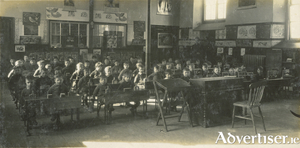
I was asked a question some time ago that stopped me in my tracks, “What, for you, would be the seven wonders of Galway?” It made me think long and hard and I decided to draw up a list. It might be the sunrise on the bay on December mornings, the sunset on the bay on November evenings, the atmosphere on the streets, hearing Irish spoken on the streets, the Druid, An Taidhbhearc, the Pádraic Ó Conaire statue, the tower at Blackrock, the Saturday market, the River Walk, Lynch’s Castle, the Arts Festival, Galway oysters, the Garden of Remembrance, Cúirt, and so on. All of these are important to me, a source of joy to me, parts of the fabric that make up this city I am proud to live in.
Gerry Conneely's Shakespeare in Connemara
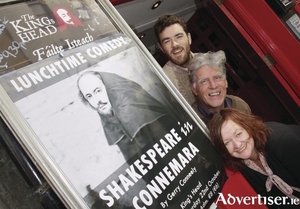
OLDER READERS will remember those halcyon days in the 1990s when lunchtime theatre was part of daily life in Galway. It was part of the streetscape itself as merry mischief-makers like The Flying Pigs and The Mad Susans took to the thoroughfares to coax the unwary into the back of The King’s Head.
